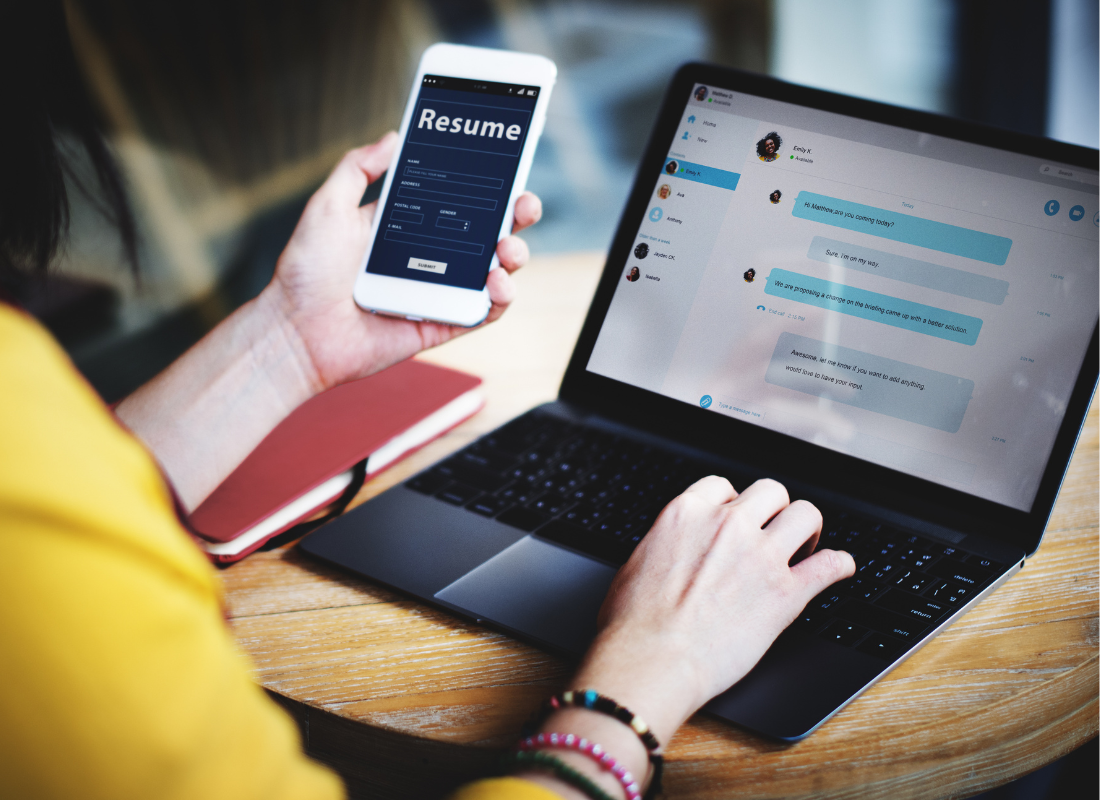Want more like this?
Sign up today to get free articles, webinars, whitepapers, yearly guides and more delivered to your inbox.
Managing the Multigenerational Workforce
Originally published on October 7, 2022
Updated on February 7th, 2024
You can’t get on social media these days without seeing a TikTok or Reel that pokes fun of different generations. It may provide endless entertainment online; however, these differences can bring about serious challenges in a multigenerational workforce.
On any given day, an employer might have up to five generations working together at once. While this can make it a challenge to establish a smoothly-running workplace, the combination of ages can also yield great rewards for your organization. The key is to understand each generation and lay the groundwork for an inclusive environment.
Really, how many generations can there be?
With retirements occurring later in life than ever these days, a multigenerational workforce can have as many as five different age groups. You’ve got your Traditionalists, your Boomers, your Generation Xs, your Millennials and of course, your Generation Zs. And each age group has their own unique attributes that help determine how they work and interact.
For instance, Traditionalists are known for being hardworking, loyal and formal. They thrive on recognition but may struggle with the latest technology. Boomers are team oriented, resourceful and appreciate face time. They can teeter on the workaholic side.
Often known as “latchkey kids,” Gen Xers are known to be independent, entrepreneurial and adaptable. However, they sometimes resist asking for help. Millennials are purpose driven and achievement oriented. While they appreciate feedback, they do not always welcome constructive criticism.
Finally, our youngest generation, Gen Z, is considered the most innovative and progressive. They are tech driven and embrace individuality. However, they can lose focus and be selective on what tasks within their job they want to do.
It’s diversity in age. That’s good, right?
Yes, it is. That said, when competing age-related attributes arise in a multigenerational workforce, so do challenges. For starters, differences in generations can cause communication gaps. A classic example of this is the preferred methods of communication between the age groups. Boomers may appreciate in-person face time or a phone call. Gen X, however, may prefer an email while Millennials and Gen Z like texting and messaging apps.
Content presented visually also impacts communication. Let’s take capitalization — specifically, writing in all capital letters. Older generations might simply see it as emphasis to make sure an important point isn’t lost. Yet it’s usually interpreted as shouting by younger workers. Punctuation is another area rife with misunderstanding. To Millennials and Gen Z, it’s sometimes viewed as abrupt and unnecessary (especially in texts). Choice of words and grammar can also cause misunderstandings when it comes to communication.
Stereotypes and unconscious bias can also occur with the multigenerational workforce. Boomers may be viewed as short timers and assumed to be close to retirement. Gen X is often identified to be leadership hungry and ready to take vacant Boomer roles. Millennials are known to get labeled as entitled and difficult. And with Gen Z so connected to their phones or other technology, it’s sometimes assumed that they lack people skills.
What can I do?
Plenty! You can overcome these varying perspectives and expectations with a few tweaks to your approach and processes. Doing so can to turn the challenges of a multigenerational workforce into opportunities.
Use a holistic approach when managing your staff. This means treating each employee as an individual and not assuming someone falls into a specific category just based on their age. See which approach works — and which doesn’t — based on their unique performance and requests.
Work with similarities even if it is on different frequencies. Varying viewpoints, expectations and perspectives can be aligned if employees have the same purpose-driven mentality. Commonalities can bring a diverse group together. So find that common ground and make it known to everyone.
Be empowered to address the differences. Often people “don’t know what they don’t know.” Remember the old adage of walking in someone else’s shoes? It’s hard to imagine another person’s motivation and mindset unless you’ve seen life through their eyes. And sometimes that’s where conflict and other issues are born in a multigenerational workplace. Transparency and conversations that address concerns can open the door to understanding.
Vary your style of communication to the audience you are trying to reach. The same message might need to be communicated in multiple formats. You may need to have an in-person meeting with a Boomer, send an email to a Gen Xer, text a Millennial, and message a Gen Zer on a particular app platform. It might be more work up front, but the benefit of clearer communication far outweighs the effort.
Making these changes to reach all of your workforce regardless of age gives your business a competitive advantage. It will help you to create unique relationships that embrace multiple perspectives and insights.
A multigenerational workforce promotes inclusivity and creates an environment that encourages learning and opportunity. While we’ve mentioned steps you can take, it also helps to get input from an experienced HR consultant. They can apply time-tested strategies to help bring that harmony and put it to work for your organization.
All content provided in this article is for informational purposes only. Matters discussed in this article are subject to change. For up-to-date information on this subject please contact a James Moore professional. James Moore will not be held responsible for any claim, loss, damage or inconvenience caused as a result of any information within these pages or any information accessed through this site.
Other Posts You Might Like

